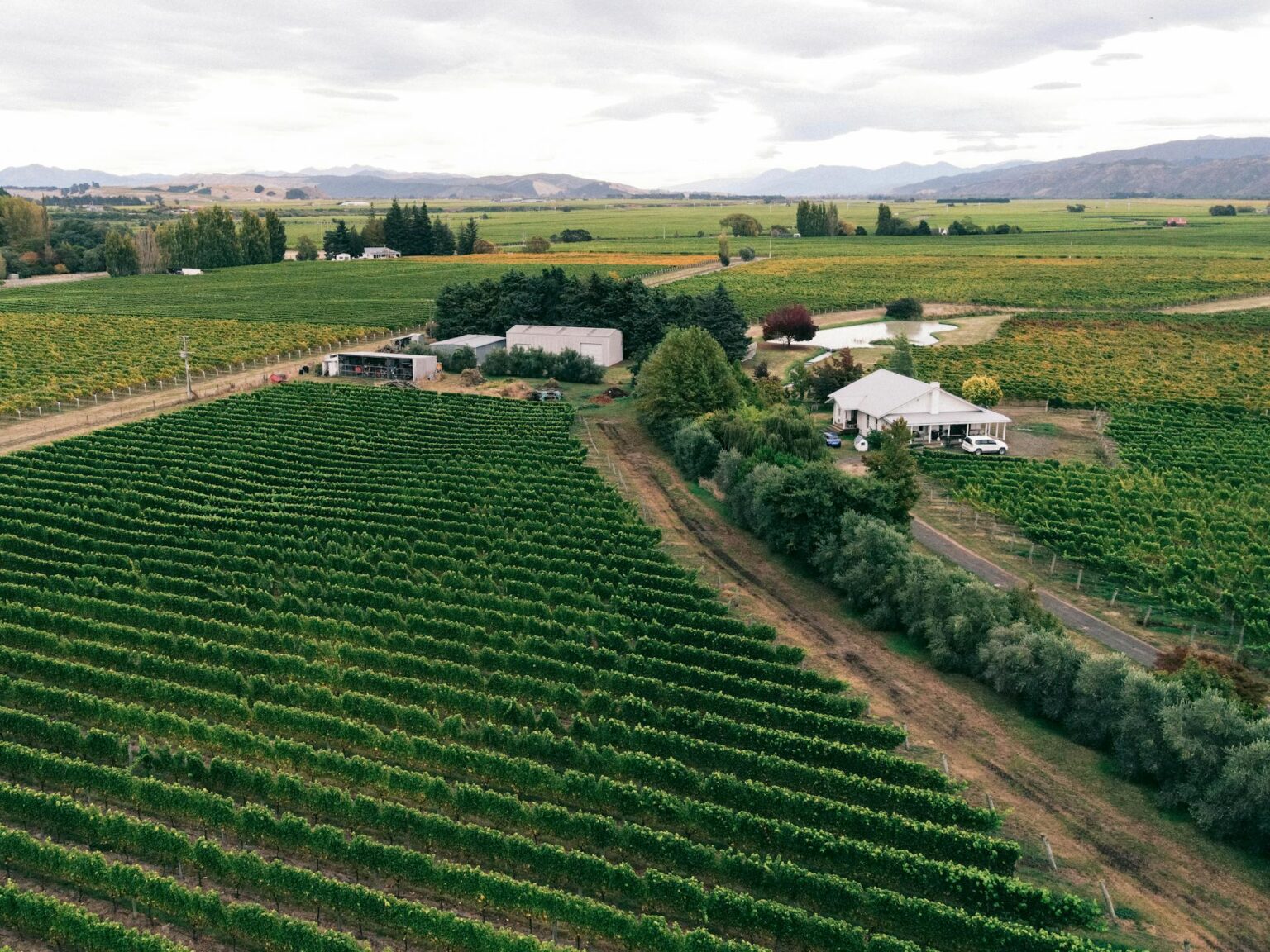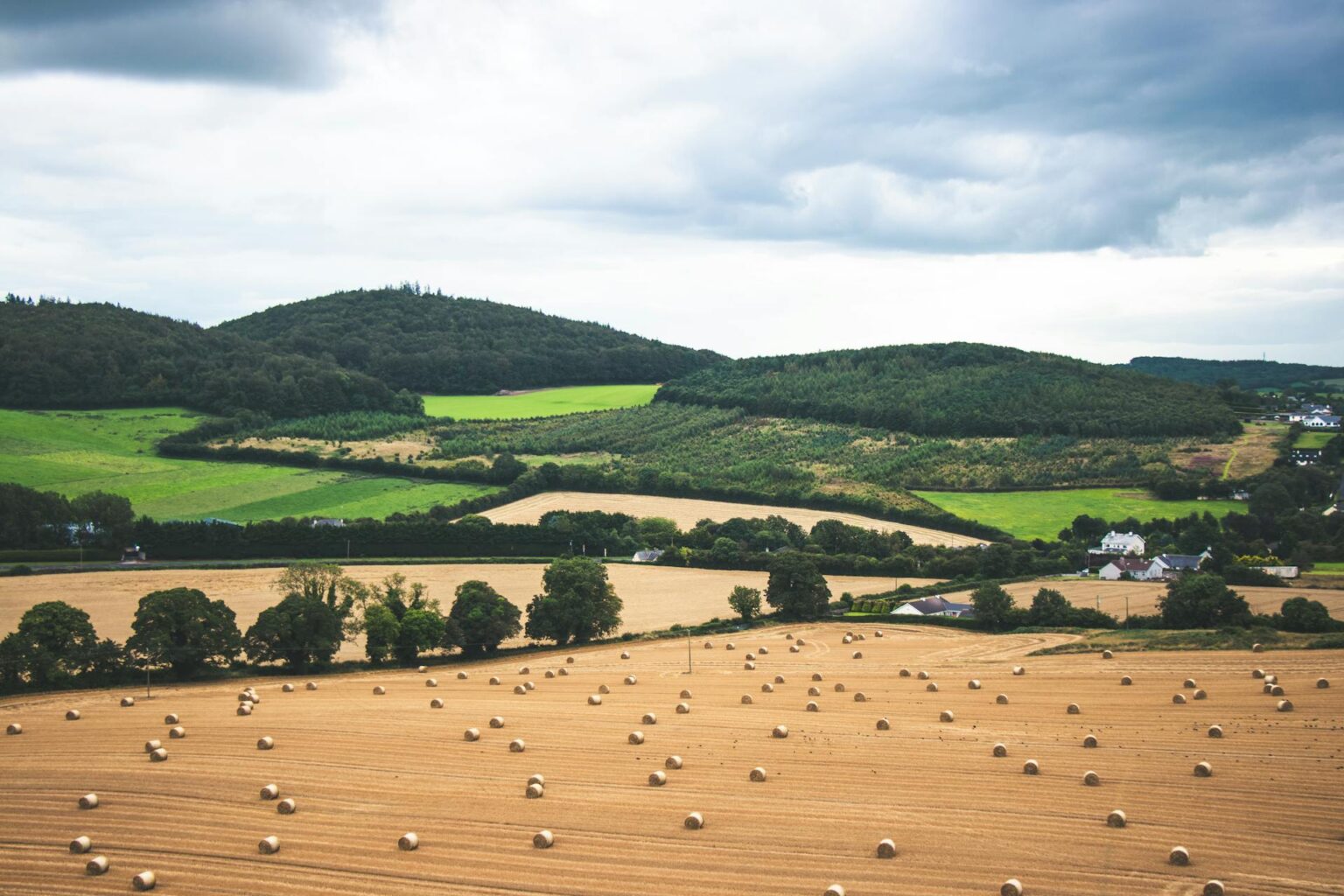Project Themes: Toward a Climate-Smart, Digitally Empowered, and Resilient Agricultural Future

The HOLOSEU project addresses the urgent challenges facing European agriculture by uniting environmental science, digital technologies, and stakeholder engagement in a single, modular platform. Designed to facilitate low-carbon, sustainable, and economically viable farming practices, HOLOSEU goes beyond emissions accounting. It provides farm-level and landscape-scale tools that model biodiversity, circularity, productivity, and ecosystem health. The platform is tailored to EU policy priorities, yet scalable for diverse regional contexts, offering real-time, data-driven decision support for a broad range of users—from farmers and advisors to researchers and policymakers.
Environmental and Climate Imperatives
Agriculture plays a dual role in climate change: as a significant emitter of GHGs and a potential carbon sink through regenerative practices. Yet most tools available to stakeholders fail to account for key variables like soil properties, weather, or system-wide carbon flows. HOLOSEU fills this gap by building a scientifically robust, adaptable model that integrates detailed environmental data to support emissions reduction, adaptive management, and carbon sequestration planning at the farm level. This contributes to EU climate neutrality targets while enhancing agricultural resilience in the face of climate risks.
Key environmental focus areas include:
Integration of soil, weather, and land cover data into farm-scale GHG assessments.
Quantification of carbon and environmental footprints across different land uses.
Support for national inventory reporting and long-term climate adaptation planning.
Inclusion of conservation agriculture and carbon-positive land use strategies.
A Systems-Based Approach to Sustainable Farming
HOLOSEU’s foundation is a whole-system perspective that considers the dynamic relationships between all elements of the farm—crops, livestock, infrastructure, agroforestry, and socio-economic drivers. It allows users to simulate diverse farming systems, including mono and mixed models, and to evaluate how changes in one component ripple through the entire system. This promotes optimized decision-making where economic viability, environmental responsibility, and resilience are jointly considered rather than treated in isolation.
Core systems-based features:
Scenario modelling for integrated crop-livestock-agroforestry systems.
Assessment of interlinked impacts on productivity, emissions, and ecosystem services.
Trade-off analysis tools for balancing outputs and environmental goals.
Support for adaptive strategies based on socio-economic and climatic variability.
Circular Bioeconomy and Resource Efficiency
Central to HOLOSEU is the operationalization of circular bioeconomy principles within the farm modelling process. Rather than viewing waste as an output, the platform identifies it as a resource—valuing residues, manures, and by-products for reintegration into the production cycle. Users can evaluate the economic and environmental impact of practices like composting, nutrient recycling, and low-input farming. By embedding these pathways in its core logic, HOLOSEU helps promote resilient, efficient, and future-ready farm designs.
Circularity and resource-use modelling includes:
Tools to assess nutrient cycling and internal resource flows.
Evaluation of input efficiency and bioresource valorisation.
Support for designing low-waste, closed-loop farming systems.
Alignment with CAP and EU bioeconomy strategies for sustainable production.

Biodiversity and Ecosystem Health
Biodiversity is both a driver and an indicator of sustainability. HOLOSEU integrates an agrobiodiversity module that quantifies aboveground and belowground diversity using farm-specific data and predictive algorithms. This enables users to understand the impact of land management practices on key ecosystem functions such as pollination, pest control, and soil health. By embedding biodiversity assessment into scenario modelling, HOLOSEU helps safeguard ecosystem integrity while maintaining productivity.
Biodiversity-enhancing features include:
Vegetation, soil, and invertebrate data integration for predictive biodiversity indices.
Scenario tools to evaluate the ecological consequences of land use choices.
Support for designing biodiversity-positive farming landscapes.
Contribution to EU Biodiversity Strategy and nature conservation policies.
Digital Transformation and Data Integration
HOLOSEU embodies the next generation of agri-digital solutions by fusing AI, remote sensing, geostatistics, and open-source technologies into a single platform. It allows seamless integration of datasets from satellites, drones, sensors, and government repositories. Designed for interoperability, it adheres to FAIR data principles and provides users with real-time insights through intuitive dashboards. This makes digital transformation accessible not just to researchers, but to everyday farmers and advisors across the EU.
Key innovations in data and technology:
Use of machine learning for model calibration and prediction.
Real-time data integration from RS (Copernicus, NASA), IoT, and weather stations.
Customizable APIs and user dashboards for various stakeholder types.
Full adherence to FAIR and GDPR principles for secure, sharable data.
Policy Alignment and Societal Impact
The HOLOSEU project aligns its outcomes with EU and global environmental policies while fostering inclusive innovation across rural communities. Its tools are designed not only for environmental planning but also for practical application in subsidy frameworks, carbon credits, and regulatory reporting. Equally important is the project’s emphasis on gender equality, local knowledge, and digital access. Through training, Living Labs, and multilingual resources, it ensures equitable participation and long-term social relevance.
Socio-political and policy integration includes:
Direct alignment with the European Green Deal, Farm to Fork, CAP, and SDGs.
Training and outreach activities tailored to farmers, advisors, and policymakers.
Emphasis on social inclusion, gender equity, and digital literacy.
Support for sustainable job creation and community-level resilience building.
